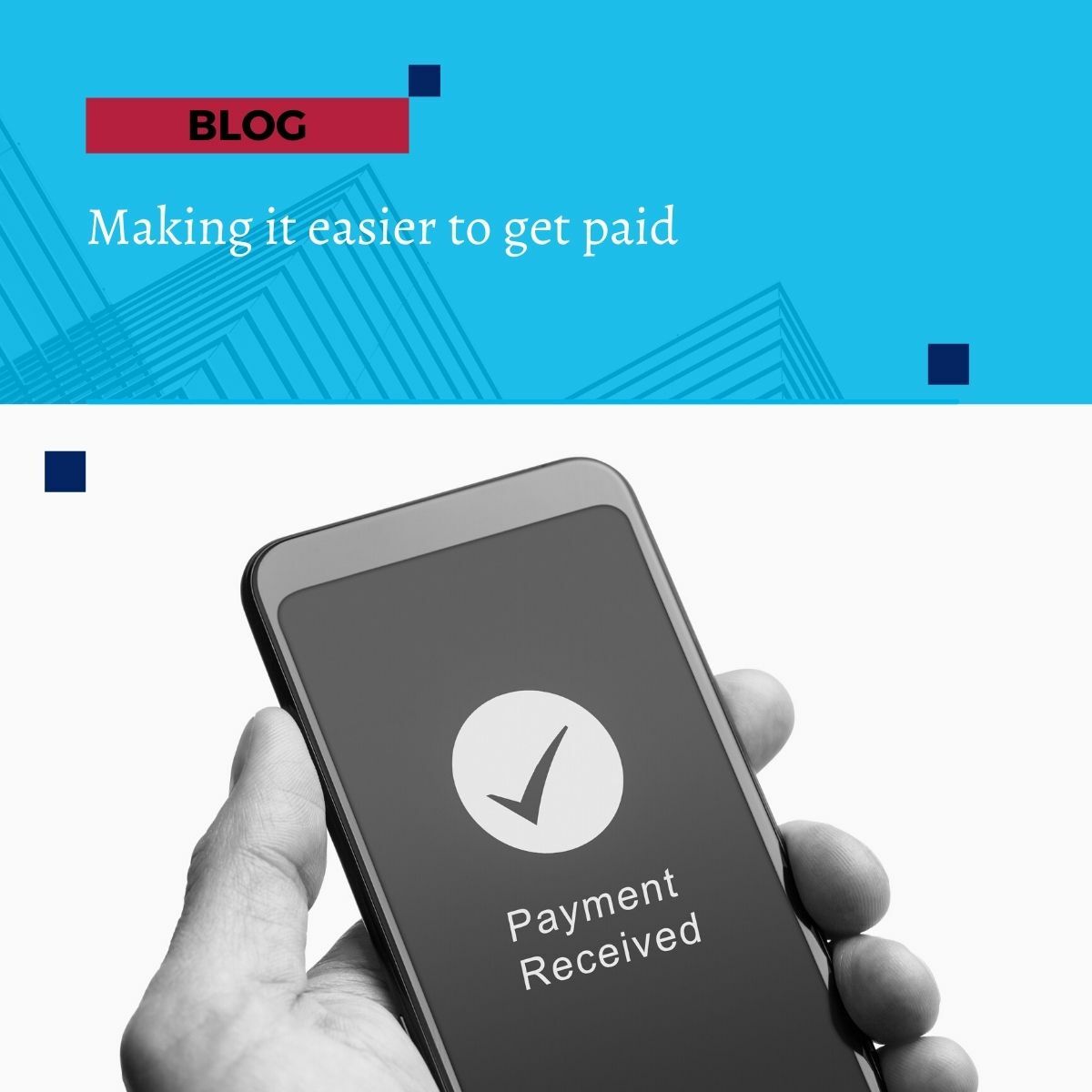
Business tip: Knowing what your customer wants
Knowing what your customer wants
Knowing what your customers want helps you meet your growth targets. We’ve outlined a couple of ways to improve your understanding of your customers, through better data, analysis and feedback.
The increase in digital business systems has opened up forensic ways of understanding your customer base. That's a huge bonus when you're aiming to build better connections, relationships and experiences with your audience.
Knowing what your customer wants is a fundamental piece of knowledge for any successful business to get to grips with. And when you're running a modern, digital business there's an overwhelming wealth of customer and sales data and analytics at your disposal – making it easier than ever to dig down into the needs and habits of your end user.
Detailed CRM records and customer notes
A CRM system becomes the heart of your customer management, business development and marketing activity, allowing you to log activity, keep notes and record progress throughout the sales pipeline.
The more information you have about your valued customers, the more you can do to meet their needs and deliver the perfect customer experience. And by maximising your use of this customer data, you can tightly focus your marketing campaigns and do more to make every customer feel understood, valued and (most importantly) satisfied.
Apps such as Active Campaign and HubSpot are very popular, with information being generated from accounting sales data or add-on sales management POS systems.
Drilled-down sales records
Keeping tabs on your sales activity is central to any business model. In an ideal world, you want regular, repeatable sales from a loyal customer base. But sales activity can be hard to predict, especially when you’re setting ambitious sales targets for your team to hit.
Having detailed sales records and data at your fingertips has two key benefits:
- You know how sales have fared in the past
- You know how sales may pan out in the future
Being able to run forecasts, based on your historic sales data gives you a stable foundation on which to build your future sales targets. It’s a solid projection, based on real business data.
This data also gives you an encyclopaedic overview of what your customers have been buying.
This sales data helps you understand:
- Which products/services your customers want to spend their money on
- Which specific products/services are failing to convert
- Which points in the year will have peaks and troughs in sales
- When it’s the right time to invest in more sales and marketing activity
This is all gold dust when it comes to planning out your strategy, assigning your sales and marketing resources and building engagement with your core audiences.
Hitting your growth targets, is far easier when you know the needs of your customers and can accurately target your sales, marketing and social activity.








